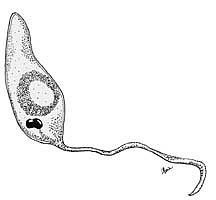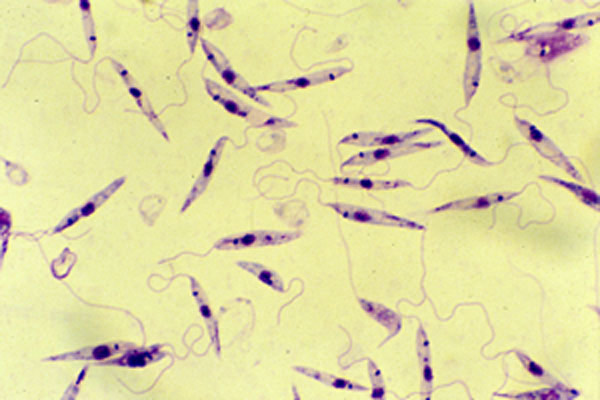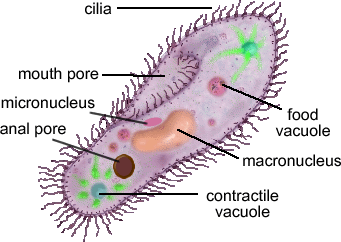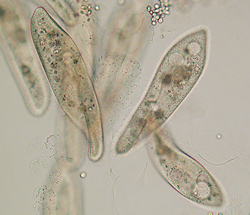Protists

Protists belong to the Kingdom Protista, which includes mostly unicellular organisms that do not fit into the other kingdoms.
Characteristics of Protists
- mostly unicellular, some are multicellular (algae)
- can be heterotrophic or autotrophic
- most live in water (though some live in moist soil or even the human body)
- ALL are eukaryotic (have a nucleus)
- A protist is any organism that is not a plant, animal or fungus
Protista = the very first
Classification of Protists
- how they obtain nutrition
- how they move
Animallike Protists
- also called protozoa (means "first animal") - heterotrophs
Plantlike Protists - also called algae - autotrophs
Funguslike Protists - heterotrophs, decomposers, external digestion
.Animallike Protists: Protozoans
Four Phyla of Animallike Protists
Classified by how they move
- Zooflagellates - flagella
- Sarcodines - extensions of cytoplasm (pseudopodia)
- Ciliates - cilia
- Sporozoans - do not move
Zooflagellates
move using one or two flagella
absorb food across membraneLeishmania
Sarcodines
Ameba (See Ameba Coloring Sheet)
moves using pseudopodia ( "false feet" ), which are like extensions of the cytoplasm --ameboid movement
ingests food by surrounding and engulfing food (endocytosis), creating a food vacuole
reproducing by binary fission (mitosis)
contractile vacuole - removes excess water
can cause amebic dysentery in humans - diarrhea and stomach upset from drinking contaminated water
Other sarcodines: Foraminferans, Heliozoans
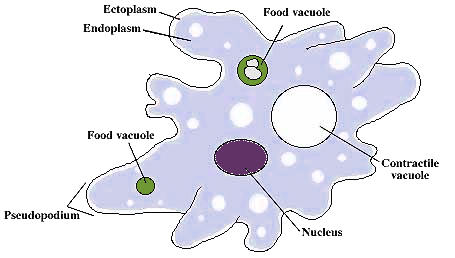
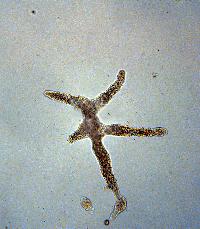
Ciliates
Paramecium (See Paramecium Coloring Sheet)
move using cilia
has two nuclei: macronucleus, micronucleus
food is gathered through the :mouth pore, moved into a gullet, forms a food vacuole
anal pore is used for removing waste
contractile vacuole removes excess water
exhibits avoidance behavior
reproduces asexually (binary fission) or sexually (conjugation)
outer membrane -pellicle- is rigid and paramecia are always the same shape, like a shoe
Sporozoans
do not move on their own
parasitic
Malaria is a sporozoan, infects the liver and blood
More Notes
Animallike
Protists and Disease
Plantlike Protists: Unicellular
Algae

